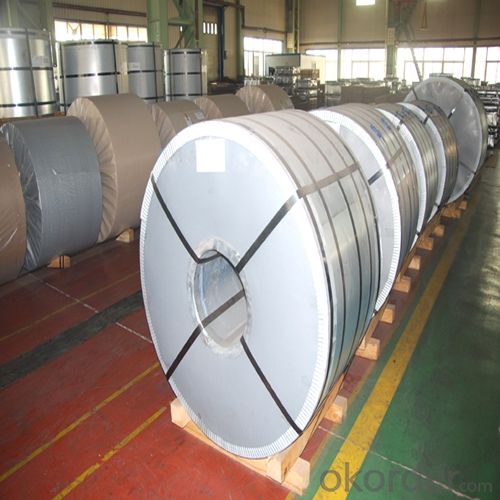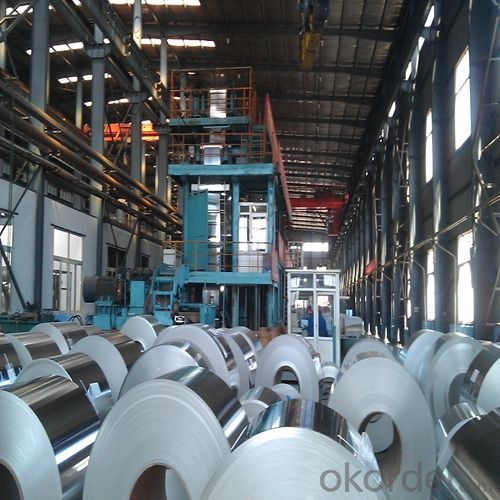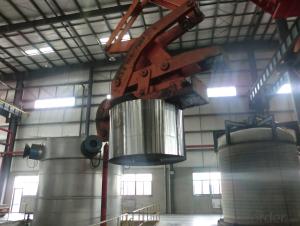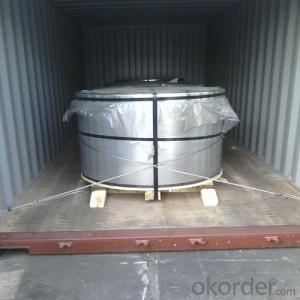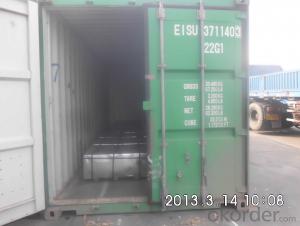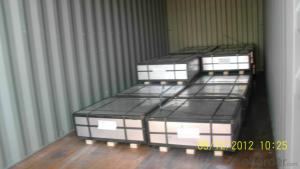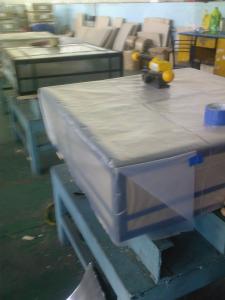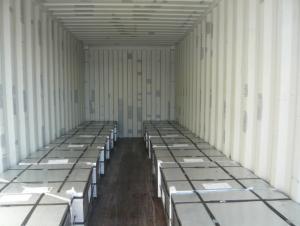Tin Free Steel of Prime or Secondary Quality for Can Caps
- Loading Port:
- Shanghai
- Payment Terms:
- TT OR LC
- Min Order Qty:
- 25 m.t.
- Supply Capability:
- 25000 m.t./month
OKorder Service Pledge
OKorder Financial Service
You Might Also Like
Specification
1.Structure of Tin Free Steel of Prime or Secondary Quality for Can Caps Description
Also known as chromed steel, tin-free steel (TFS) is obtained by coating the metal base (low-carbon steel) with an ultra-thin layer of metallic chrome and then with a chromium oxide layer.
The product complies with ASTM A-657 Specification and is manufactured with low current density (TFS-III) and is supplied only in coils of up to 12 metric tons.
2.Main Features of the Tin Free Steel of Prime or Secondary Quality for Can Caps
MOQ:50ton.
Delivery time;15-30days
Payment:30% deposite, 70% in L/C before delivery.
We can guarantee 100% inspeciton before the shipment
We can 100% supply MTC.
3.Tin Free Steel of Prime or Secondary Quality for Can Caps Images
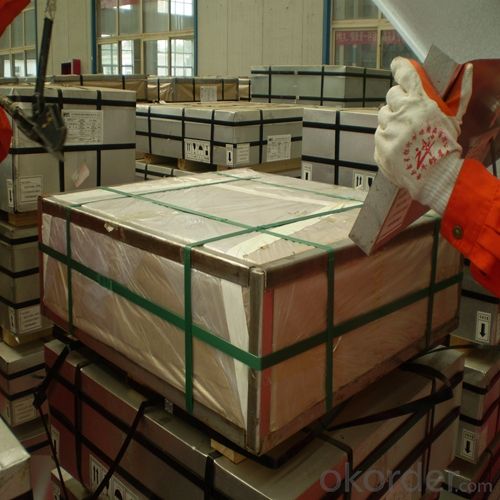
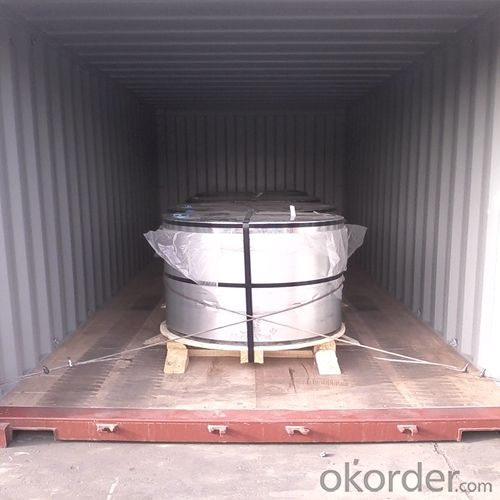
4.Tin Free Steel of Prime or Secondary Quality for Can Caps Specification
Thickness 0.14mm to 0.35mm
Width 500mm to 1200mm
Length : As per customers specification
Temper : T1 to T5, DR 7 to DR 9
5.FAQ of Tin Free Steel of Prime or Secondary Quality for Can Caps
-What is MOQ?
Our MOQ would be 25 tons.
- Do you only have prime quality TFS ?
We can supply both prime and second quality TFS.
- Q: How does tinplate perform in terms of UV resistance?
- Tinplate generally has poor UV resistance, meaning it is not highly resistant to the damaging effects of ultraviolet radiation.
- Q: What is tin plate?
- The two is the substrate thickness of tin, Kunshan Ming Jing Da metal materials Co. Ltd. is a domestic joint-stock enterprises, the company main products: precision stainless steel strip SUS304, SUS301, SUS430; tin (SPTE) (SPCC); cold rolled, galvanized, hot galvanized (SECC) (SGCC) and other metal materials. The company's wholesale, retail, processing, distribution and integration of business models to better meet customer needs.
- Q: How does tinplate contribute to the reduction of food waste?
- Tinplate contributes to the reduction of food waste by providing a protective and durable packaging solution for various food products. Its corrosion-resistant properties ensure the longevity of the packaging, preventing spoilage and contamination. Additionally, tinplate's ability to maintain the freshness and quality of food for an extended period helps reduce waste caused by premature expiration.
- Q: Can tinplate be used for storage containers?
- Yes, tinplate can be used for storage containers. It is a common material choice due to its durability, corrosion resistance, and ability to keep food and other items protected. Tinplate containers are commonly used for packaging and storing various products, including food, beverages, chemicals, and more.
- Q: What are the common sizes and shapes of tinplate products?
- Common sizes and shapes of tinplate products vary depending on their purpose and industry. However, some commonly seen sizes include cans ranging from small containers for food and beverages (such as soda cans) to larger ones for bulk products (such as paint cans). Tinplate products also come in various shapes, including rectangular, cylindrical, and irregular forms, to cater to different packaging needs and maximize storage efficiency.
- Q: What are the advantages of using tinplate for furniture?
- One of the advantages of using tinplate for furniture is its durability. Tinplate is known for its strength and resistance to corrosion, making it a long-lasting material that can withstand everyday wear and tear. Additionally, tinplate is also lightweight, making it easier to move and rearrange furniture pieces. Its versatility allows for various design possibilities, as it can be easily shaped and molded into different forms. Furthermore, tinplate is an environmentally friendly option as it can be recycled, reducing waste and promoting sustainability.
- Q: What are the main markets for tinplate?
- The main markets for tinplate are primarily the packaging industry, especially for food and beverages, as well as the manufacturing of cans, containers, and aerosol cans. Additionally, tinplate is used in various industries such as automotive, construction, electronics, and pharmaceuticals for its corrosion-resistant properties.
- Q: How does tinplate compare to aluminum in terms of properties and applications?
- Tinplate and aluminum have distinct properties and applications. Tinplate is made of steel coated with a thin layer of tin, providing excellent corrosion resistance and forming properties. It is commonly used for food and beverage packaging, as well as for decorative purposes. On the other hand, aluminum is a lightweight metal with high strength-to-weight ratio, corrosion resistance, and excellent thermal and electrical conductivity. It is widely used in industries such as construction, transportation, and electronics. While both materials have their unique advantages, the choice between tinplate and aluminum depends on specific requirements and the intended application.
- Q: Can tinplate be used for art and sculptures?
- Yes, tinplate can be used for art and sculptures. Its malleability and durability make it a suitable material for creating various artistic forms and sculptures. Additionally, tinplate can be easily manipulated, painted, and decorated, allowing artists to explore their creativity and produce unique artworks.
- Q: How does tinplate packaging contribute to product aesthetics?
- Tinplate packaging contributes to product aesthetics by providing a visually appealing and shiny surface that enhances the overall look and feel of the product. The smooth and reflective nature of tinplate gives a premium and luxurious appearance, attracting consumers' attention and increasing the perceived value of the product. Additionally, tinplate packaging allows for intricate and detailed designs, including embossing and lithographic printing, which further enhance the product's visual appeal and create a unique and memorable packaging solution.
Send your message to us
Tin Free Steel of Prime or Secondary Quality for Can Caps
- Loading Port:
- Shanghai
- Payment Terms:
- TT OR LC
- Min Order Qty:
- 25 m.t.
- Supply Capability:
- 25000 m.t./month
OKorder Service Pledge
OKorder Financial Service
Similar products
Hot products
Hot Searches
Related keywords


